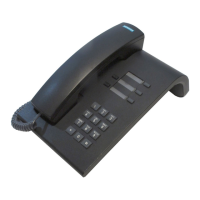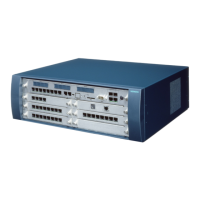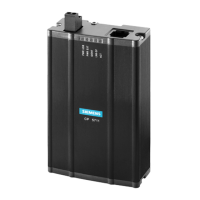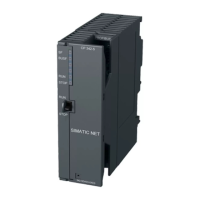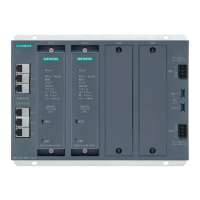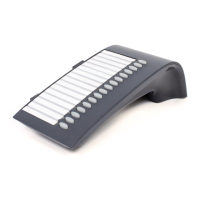Building types
Industrial areas often feature buildings of varying designs using different materials such as the
following:
lightweight materials,
brick,
reinforced concrete,
metal-clad.
The distances between the structures are rarely greater than 100 m. In this scenario, outdoor base
stations are practical for covering the outside area.
Structures constructed of lightweight materials or brick
These structures are generally penetrable, but the received field strength behind the buildings is barely
adequate giving rise to a shielded area (in quasi-optical
terms).
For example, in the case of a BS installed on the south-facing side of a brick building, it must be
expected that the range limit on the north-facing side is attained immediately or after just a few metres
owing to the insertion loss.
If the coverage area includes outdoor areas, it should be checked whether or not these areas can be
covered from inside buildings or whether an outdoor casing is required. In the case of coverage from
inside buildings, the BS should be positioned in such a way that the waves can propagate through a
window or a part of the building that is easily penetrated.
Up to 100 m of the outdoor area can be covered through windows; for this purpose, the BS must be
installed in an upper floor (> 2nd floor). Low-lying obstacles adjacent to the BS such as vehicles or a
garage do not cause any significant interference in this case.
Reinforced concrete buildings and/or metal facades
These structures constitute barriers. Penetration into the building is only possible through windows
(up to approx. 2 m into the building with standard-sized windows). The windows cannot be made of
wire-reinforced or metal-plated glass.
In lanes between buildings as well as along streets, wave conduction is possible resulting in a greater
radio range.
12.8.2.3 Radio wave propagation inside buildings constructed using brick and
lightweight materials
Insertion loss values
In the case of walls constructed in brick or lightweight materials, the insertion loss values are
relatively low, so that even dividing walls of up to 30 m can be penetrated.
Vertical attenuation
This depends on the type of ceilings. In this case, reinforced concrete ceilings in particular with their
high attenuation compared to that of brick walls, play a decisive role in the evaluation of the range.
Hicom 150 E Office Rel.1.0 Service Manual - 12 Cordless Multicell Integration CMI
http://cmweb01.mch.pn.siemens.de/e_doku/en/h150/h15/30/sh/2/15_12.htm (26 of 45) [06/04/2000 13:05:56]

